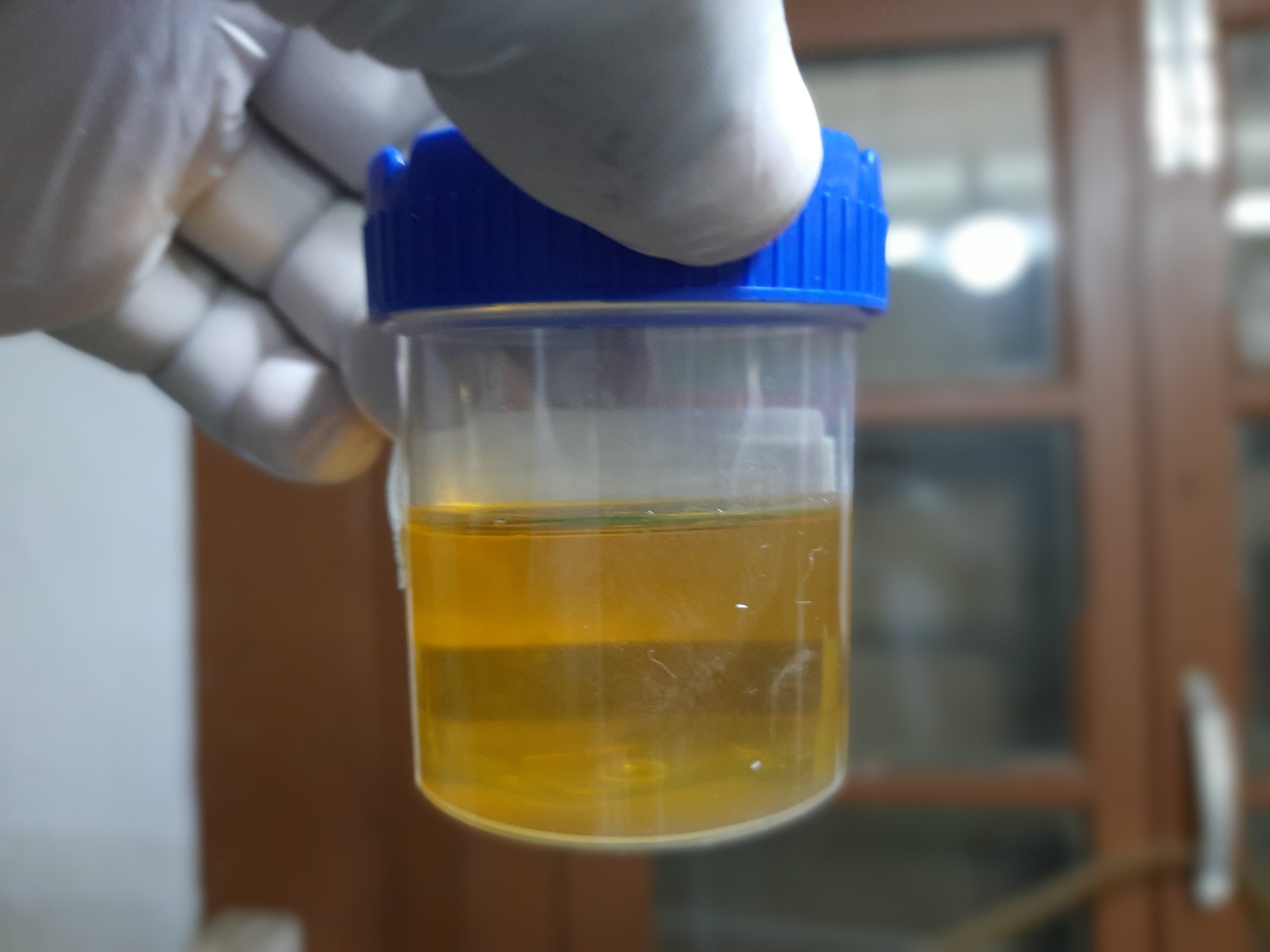Most Courts Likely to Order Testing for Alcohol or Drug Crimes
A person that is charged with a crime that involves drugs or alcohol may be ORDERED to comply with alcohol and drug testing as a condition of bond or as a condition of a final sentence. Drug or alcohol testing can be ordered for the entire term of probation. The court can order up to two (2) years of probation for a misdemeanor and up to five (5) years of probation for a felony. Alcohol testing in almost always required for drunk driving cases, especially if a person is charged with OWI with a high Blood Alcohol Content (BAC) of .17 or greater. Here is a list of the types of drug and alcohol tests most commonly utilized in the Macomb County District Courts and the Macomb County Circuit Court:
- EtG (urine) test: EtG is used to detect recent alcohol consumption in a urine sample. The test can confirm that there has been alcohol in the body up to five days after consumption.
- Random Alcohol Testing: A device called a breathalyzer is used to measure blood alcohol content (BAC) from a sample of air exhaled from a person’s lungs. You may be asked to provide random breath test samples at a designated location on a breathalyzer instrument.
- SCRAM Monitor: SCRAM Continuous Alcohol Monitoring ankle bracelet, or similar systems, provide continuous transdermal alcohol testing for by automatically sampling the wearer’s perspiration every 30 minutes. Some clients prefer SCRAM Monitoring over other methods of testing while others claim that it is embarrassing and uncomfortable.
- SoberLInk: SoberLink, and similar devices, are handheld breathalyzers that fit in a pocket or purse. The device will vibrate or beep at various intervals during the day when a breath sample is required. The testing information, along with a video of the person providing the test, is downloaded to the SoberLink provider. If there is a violation, it will be submitted to the court for further action such as a bond violation or probation violation.
What is an EtG Test?
Ethyl Glucuronide (EtG) is a metabolite of beverage alcohol (ethanol), which means that it is used by the body to break down alcohol in the system. According to the drugtestingnetwork.com, the presence of EtG is a conclusive sign of recent alcohol consumption.The EtG test, which can be implemented by a Court for a variety of reasons, is able to detect alcohol in a person’s system when a standard breathalyzer is not sufficient. Ethyl Glucuronide is detectable for up to 80 hours after an individual stops drinking, but can vary depending upon the person’s metabolism and the amount of alcohol that was consumed.
The EtG Testing Process
EtG testing is a process similar to other lab-based drugs of abuse testing. The following steps are typically followed:
Step 1: A chain of custody form is completed
Step 2: The subject voids into a standard collection cup. The temperature of the urine is checked, using a temperature strip on the collection cup, to assure it is a valid sample.
Step 3: A urine specimen syringe device is used to collect a sample of the urine.
Step 4: The syringe device, and related paperwork are sent to the lab. This is easier, cleaner and less expensive than sending a bottle of urine.
Step 5: The test samples are shipped to the lab. The most economical and effective method of getting your sample to the lab will depend on your location.
Step 6: Results are typically reported within three days of receipt at the lab.
Why is the EtG test ordered?
Individuals on probation for a criminal offense are sometimes subjected to random alcohol testing, which dictates that they blow into a portable breathalyzer. This test will only show the alcohol (ethyl alcohol) which remains in the bloodstream and is expelled as vapor from the lungs. Therefore, this test will only give information on whether or not the individual has drank alcohol within hours of taking the test.
Under certain circumstances the Court will order an EtG test for someone who is prohibited by law from consuming alcohol, based on an alcohol-related offense (usually drunk driving). The test is also used to screen for drinking problems, intervention evaluation, employment purposes and to motivate changes in drinking behavior.
Is the EtG Test reliable?
According to the Substance Abuse and Mental Health Service Administration, the EtG test is inaccurate and may actually be unreliable. The SAMHSA discusses the test’s sensitivity to even small amounts of alcohol that can be present in daily-use items. Examples include hand sanitizer, hair spray, laundry detergent, aftershave and even some cosmetic items. The information provided in the SAMHSA advisory notice led the U.S. Department of Health to deem the test “experimental”. The EtG test can produce positive results when an individual is simply exposed to any number of products which contain ethanol.
The EtG test for alcohol can detect even very low-levels of alcohol in the urine several days after consumption. But becaue the EtG test is so sensitive, it can produce a positive test for ethyl glucoronide from the mere exposure to alcohol that is present in household products that are used everyday.
What Causes False Positives?
According to SAMHSA’s research, positive EtG tests can result from the use of hand sanitizers, medications, hygiene products, cosmetics, foods and other products that contain even small levels of alcohol. People can test positive for alcohol consumption after being exposed to laundry detergent, antiperspirant, aftershave and even hair spray.
There are hundreds of household products that contain ethanol, according to the National Library of Health’s Household Products Database, which could possibly cause a false positive with the EtG urine test.
Despite EtG testing’s scientific unreliability, the test continues to be widely-used across the country. For this reason, our law firm is against the use of EtG tests.
File a Motion for Early Termination of Probation or for Modification of Court Ordered Alcohol/Drug Testing
Did you know that you can request to be released from probation after you have served 50% of your probation without any violations. This means that if you are ordered to be placed on probation for a period of one (1) year, you may be eligible for early release from probation after six months. Once you are released from probation, all of the terms of probation are terminated as well. Even when the court does not terminate your probation, you may file a motion, or a request, to have testing eliminated or modified as a term of probation. Contact an attorney to find out if you are eligible to for early termination of probation or modification of testing requirements.
Continue reading ›
 Michigan Criminal Lawyer Blog
Michigan Criminal Lawyer Blog






 With fall quickly approaching many students are bracing for their return to college. Many college age students from
With fall quickly approaching many students are bracing for their return to college. Many college age students from